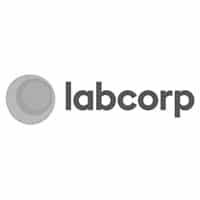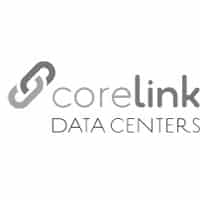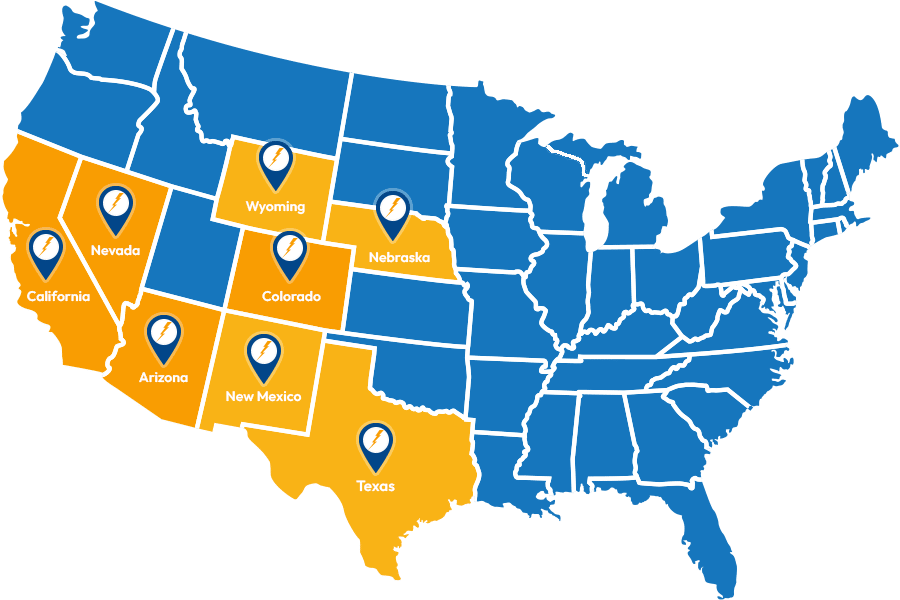 Whether you are beginning to age out of your existing data center design and equipment or you are moving to a new location for other various strategic reasons, many data centers are faced with the precarious task of migrating to a new location. When maximization of uptime is a top priority, as it is with any data center, careful planning and execution is a must when migrating your data center. The reality is, existing infrastructure in the majority of data centers is either outdated or incapable of handling ever-changing data demands. Data size and volume continue to grow at an exponential pace and that means that many data centers will max out their capacity and/or growth capability in the next few years. Thus, a vast majority of data centers will have to migrate to a new location at some point and that can be a challenging undertaking.
Whether you are beginning to age out of your existing data center design and equipment or you are moving to a new location for other various strategic reasons, many data centers are faced with the precarious task of migrating to a new location. When maximization of uptime is a top priority, as it is with any data center, careful planning and execution is a must when migrating your data center. The reality is, existing infrastructure in the majority of data centers is either outdated or incapable of handling ever-changing data demands. Data size and volume continue to grow at an exponential pace and that means that many data centers will max out their capacity and/or growth capability in the next few years. Thus, a vast majority of data centers will have to migrate to a new location at some point and that can be a challenging undertaking.
Develop a Data Center Migration Strategy
A careful migration strategy should be developed, along with contingencies, to mitigate the risk of downtime, lost data, or other potential problems. One of the primary reasons data centers move is to accommodate an influx in data volume and size. Because of this, legacy equipment may be outdated or incapable of successfully scaling to meet present and future needs. Now is the time to determine what data center equipment will make the move and what will be left behind. This allows you to strategically determine what new equipment you will need for the new location.
If you are migrating some of your data centers needs to the cloud, this will help you better determine what equipment you will need for your new data center and potentially offer savings by reducing the demand on your physical data center. Existing data storage, data center cooling, data center power, and backup power systems, and other infrastructure should be evaluated for efficiency and effectiveness so that your new data center best suits your evolving needs.
Often, a data center may have extensive experience and knowledge about day to day operations but facilitating an effective data center migration is a whole different beast and staff may not be prepared for all that is involved, as Data Center Knowledge points out, “You may also need to adapt your equipment to the new space. Is it time to implement aisle containment or pods? Can you design a higher density environment? Migration allows you to explore efficiencies and take a look at what is or isn’t working in your facility design.
Once you know what equipment is moving, decide whether you will move all at once or in chunks. The latter allows you to get elements of the data center running in the new location and begin to transfer systems. Otherwise, rentals or a service contract may be necessary to avoid downtime. If your organization is comfortable with downtime, that may not be a problem.
Decide if you have the resources to move yourself or if you need a service provider. This can be a professional IT company that specializes in data center work or it can be as simple as a regular mover—just make sure they have experience handling IT equipment.”
Preparing Your Staff for Data Center Migration
While your staff may be very knowledgeable and experienced, if they have never migrated a data center, they may not know all that is involved, how to move efficiently, or how to operate any new systems and infrastructure in which you have invested. Staff should be involved in all pre-testing of data center equipment to ensure that the new equipment is compatible with existing data and is capable of handling the migration when it is time. This process familiarizes the staff with the new equipment and also identifies potential problems that could arise during the migration.
Movement of Hardware to New Data Center Location
 When it is time to move the hardware and other physical infrastructure to your new data center location, safety is key. If you have identified legacy equipment that you want to bring from your existing data center to your new location, it is imperative that an expert level of safety is used because hardware can be very fragile and is easily damaged during transport if not cared for by experienced professionals. Begin with an inventory of all data center hardware that is going to be moved so that you know exactly what should be at the new location because moves can often be chaotic and you do not want things to get lost in the shuffle. Most data centers, particularly when they are migrating legacy hardware and infrastructure, find it is ideal to hire an experienced service provider that has worked with many brands and facilitated previous moves because they can best protect your equipment to ensurer the most efficient and cost-effective migration possible.
When it is time to move the hardware and other physical infrastructure to your new data center location, safety is key. If you have identified legacy equipment that you want to bring from your existing data center to your new location, it is imperative that an expert level of safety is used because hardware can be very fragile and is easily damaged during transport if not cared for by experienced professionals. Begin with an inventory of all data center hardware that is going to be moved so that you know exactly what should be at the new location because moves can often be chaotic and you do not want things to get lost in the shuffle. Most data centers, particularly when they are migrating legacy hardware and infrastructure, find it is ideal to hire an experienced service provider that has worked with many brands and facilitated previous moves because they can best protect your equipment to ensurer the most efficient and cost-effective migration possible.
Movement of Data & Applications to New Data Center Location
Before you begin to migrate any data and applications to your new data center location, it is important that you check and ensure that your cabinets at our new data center can handle the data load and power demand. The last thing you want is to overload everything at your new data center and wind up with costly and frustrating downtime. It is also ideal to start with your lowest-priority applications and data when migrating because you will be able to assess how things are going with these items before the most important components of your data center are migrated. Whether downtime during migration is acceptable or not for your needs, it is ideal to migrate your data center after typical business hours. Ensure that the scheduled time (s) for data migration are well-communicated to all staff. Anticipate and ensure your new data center is capable of handling the high-bandwidth demands during data center migration. All of these things ensure the smoothest possible migration of data and applications with minimized business risks.
Post-Data Center Migration Tips & Strategies
Congrats on successfully migrating your data center! While you may have done so effectively and efficiently, it is still important to test your systems and infrastructure after a migration to ensurer that everything is in proper working order. Testing the back end of your data center infrastructure helps confirm that you have the optimal infrastructure in place to support your current needs and allows you to evaluate if you have adequate infrastructure to support growth in the future.



























